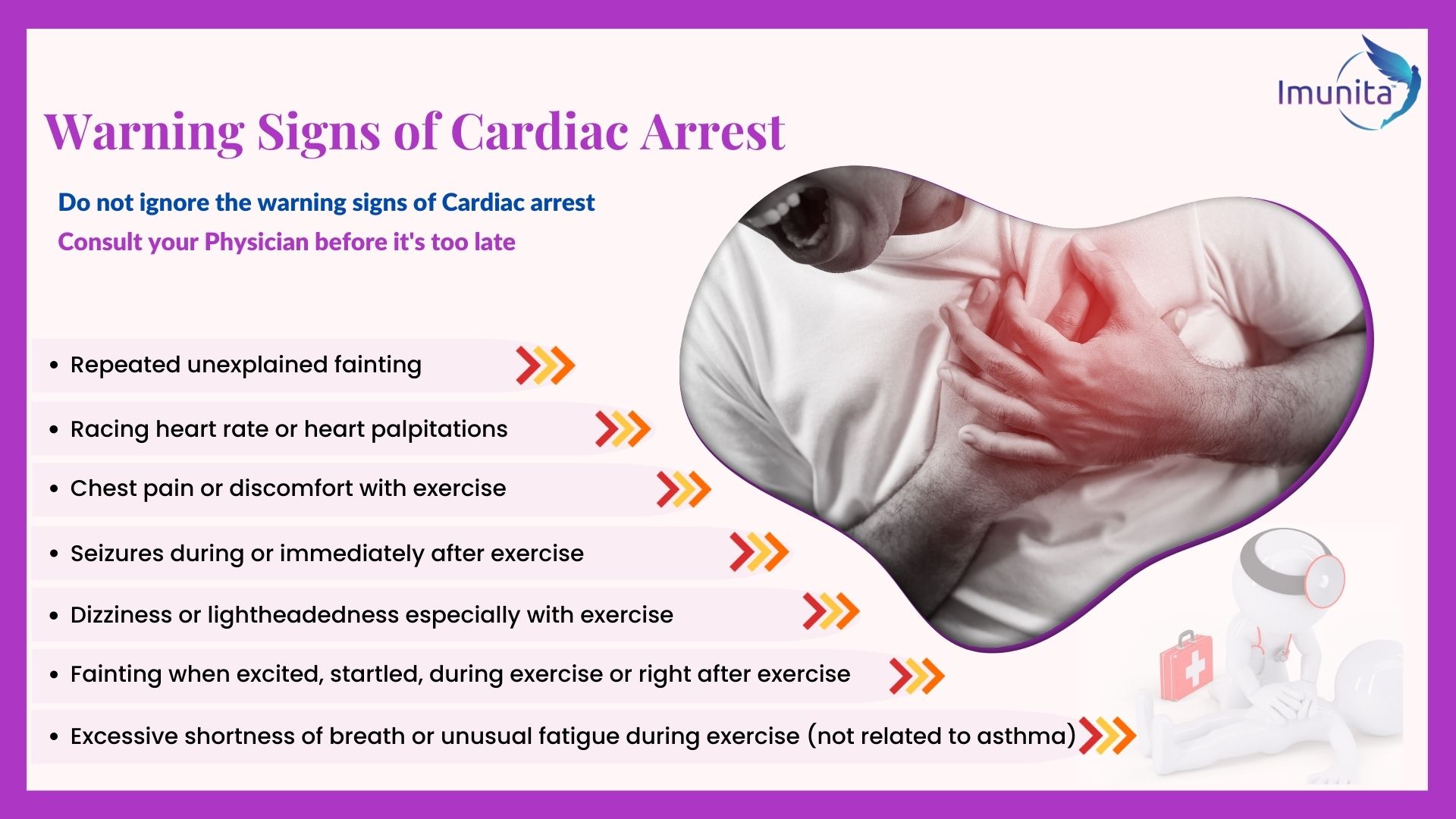The hospital fire at NICU, District General Hospital, Bhandara is heartbreaking. 10 babies have lost their lives battling the fire and smoke at the NICU. This has raised questions regarding the safety of hospital complexes. This is 6th incidence in Vidarbha region of Maharashtra since last 3 years. Have we learnt from our past mistakes? Not really and we continue to accept the fallacy in our system and stake lives of infants. The fault analysis will happen, and the cause will be enclosed in the expert committee report and many more incidences will happen due to our fraudulent bureaucracy, system, and unaware citizens.
Many regions in rural India fail to have basic medical facilities wherein more than 70% of our population reside. The scenario is changing but is our system healthy enough to understand the basic requisites for installing medical facilities and its implementation in the context of safety. In India safety is not given due consideration be it hospitals, residential areas, or any other set up. Also, the conservative fire safety standards for all building complexes are not applicable to hospitals where the oxygen (O2) enrichment of air, is primarily responsible for most of the fires, especially in the ICU’s.
The amount of ignition energy which is required to initiate the fire is reduced when there is higher O2 concentration. Various researchers have considered that the split air conditioner is the primary source of fires in the ICU, neonatal intensive care unit (NICU), and operating room (OR). There are several other types of equipment in hospital set up that have similar vulnerability to initiate spark, ignition, and cause fire. Various types of material stored in storerooms are other sources of fire in hospital. 33% of the hospital fires have escalated due to materials in storeroom. The risk to patients in ICU, NICU is higher as the patients are dependent on the care givers to exit and high flammability due to oxygen rich environment and vulnerable equipment in this section.
The preventive strategies for fire safety are not adopted by the hospitals. The maintenance operations in the hospitals must be periodical which ensures safety. The safety audits should follow the guidelines prescribed by concerned authorities and must be conducted regularly. The hospital spends on the compensation to the patients after the lives are lost instead investing in the preventive strategies for safeguarding can circumvent the catastrophic situations.
CSR can definitely bridge the demand and supply gap of healthcare services for impoverished Indian population. At Techniche Imunita we realize the need of the society and at the same time assist companies in implementing impactful CSR activities within their realm and potential resources.
It is the dire need of the hour to create hospital complexes that are safe by adopting complex specific fire safety measures and disaster preparedness. It is necessary to find solutions to provide safeguards in oxygen rich environment, install exhaust system in ICUs to avoid smoke accumulation, chemicals/combustible materials should be stored separately, properly, and in minimum quantities, installation of ventilation cut-outs systems to prevent the spread of fire and smoke to neighboring units, periodic maintenance of firefighting and life-safety systems. The NICU in the hospital complex must be given due importance as the premature babies or underlying conditions are vulnerable to such events. To evacuate oxygen-dependent infants from the NICU, portable oxygen sources must be readily available. The factors and measures mentioned above must be a part of policy that needs immediate implementation to create safe hospitals.




 "
"





















